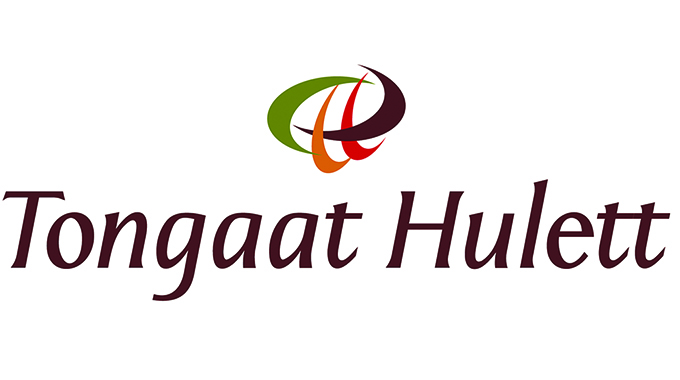Pillars of corporate governance practices that build long-term value for any entity

THERE is a common belief that only large or public companies with many shareholders need to be concerned about, or can benefit from, implementing corporate governance practices.
As a result most small companies do not put proper structures in their entities, especially, to appoint a managing board. The fact is that all companies regardless of size, ownership or stage of establishment, compete in an environment where good governance is a business imperative.
One size does not fit all, but good governance practices impact on performance and long-term viability of every company.
Board governance practice or board practice is the pinnacle of corporate governance. The “tone at the top” sets an organisation’s guiding values and ethical climate.
If properly set up in line with international best practice, the “tone at the top” is the foundation upon which the culture of a corporate entity is built. Ultimately, this will provide the glue that holds an organisation together.
A research carried out by The Institute of Chartered Secretaries and Administrators in Zimbabwe on Boards practice survey in 2018 confirmed some of the corporate governance shortcomings within the listed companies.
For positive change to occur in corporate governance systems, boards should implement serious governance reforms in tandem with best practices. In fact, shareholders should actively demand change and hold directors to account for their actions or inaction.
The pillars of corporate governance are: the board; governance structures; appropriate compensation and risk oversight.
The board
The board must be a high-functioning, well-composed, independent, engaged, diverse, and experienced board with effective ongoing evaluation practices.
However, more often than not, appointments of board members are by invitation and do not get proper induction. Hence, the majority of board members are ineffectively and in most cases just ratifies the decision of the Executives or Chairperson.
Governance structures
These are the provisions and structures that empower shareholders and protect their rights. Directors must declare any conflict of interest and refrain from voting on matters in which they have interest.
The company and the board must enforce a culture of integrity and compliance.
Examples of conflict of interest include improper hiring or appointments of personnel and doing a business transaction with a related entity.
In business a related-party transaction is a business deal or arrangement between two parties who are joined by a pre-existing special relationship.
To create and cultivate this culture, entities must adopt a conflict of interest policy; implement a code of business conduct and a clear process to report and deal with non-compliance, even including a whistle blower policy.
Appropriate compensation
Entities need to consider pay that incentivises relative outperformance over the long term. The board must set directors fees that will attract very good candidates, but at the same time will not create conflict regarding independence.
The board should establish performance targets and objectives for top executives, including the CEO, and continuously evaluate their performance. It is very important that the compensation, including equity and stock option plans), is strongly tied to performance.
Risk oversight
There need for boards to have an effective, integrated, and ongoing oversight of relevant industry and company-specific risks.
Companies should regularly identify and assess the risks they face, including financial, operational, reputational, environmental, industry-related, cybersecurity and legal risks.
The board must establish the risk tolerance of the company and must develop a framework and accountabilities to manage risk.
It should also review the systems and controls that management has in place to identify, assess, mitigate and monitor risk.
Directors are responsible for understanding the current and emerging short and long-term risks the company faces and the performance implications.
They should challenge management’s assumptions and the adequacy of the company’s risk management processes and procedures.
In conclusion, long-term value building is possible if companies focus on the above four pillars of Corporate Governance Practices. Good governance starts with a great board. A great board is one of a company’s most critical strategic assets. It is important to have the right mix of skill, expertise, thought, tenure and personal characteristics as well as a diverse board to obtain a growth in sustainable economic value while protecting shareholders’ interests.








Comments